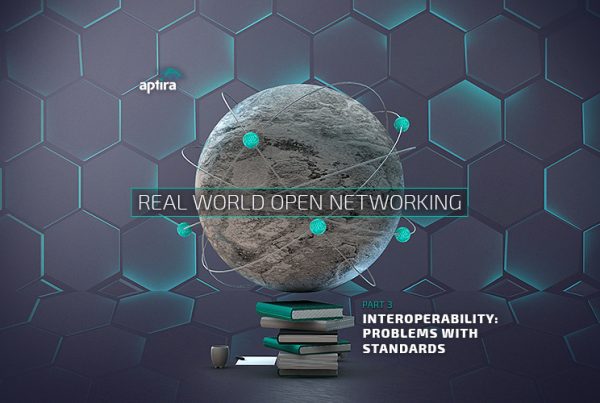I believe the basic goals of Ceilometer are laudable. It attempts to gather data about the state of an OpenStack instance, which is a useful goal. It then attempts to solve a bunch of problems related to that data, which is also useful.
However, many of the problems it tries to solve work at cross purposes to each other, and so choices that are made to accommodate solutions to these problems prevent the project from solving any of them satisfactorily. Solutions to some require high resolution data, some do not. Solutions to other problems require large amounts of historical data, others do not.
Ceilometer attempts to address these problems in a single database (OK a few databases, but one for each class of data: meters, events, alarms). This can never meet the requirements of every solution. Instead Ceilometer should focus on gathering the information, getting it to consuming systems in a fast, reliable and easy to consume manner, and then it should stop. There’s plenty of work to do to reach this smaller set of goals, and there’s an enormous amount of work to be done creating consumer systems that deliver real customer value.
Let other projects start to solve the problems we need to solve.
– Lets build a usage corellation system that takes the data stream and emits simple rateable usage records. Lets build another system that rates the records according to rules defined in a product catalogue.
– Lets build a policy engine that can pull the levers on various APIs based on a stream of information coming from Ceilometer.
– Lets build a repository for long term storage of data and accompanying analysis tools
and so on. But let’s make them separate projects, not attempt to solve all the problems from a single DB.
The projects can focus on their own specific needs and because they are loosely coupled to metric collection and completely decoupled from one another, they can ignore needs of others that might be destructive to their own value. They can adopt an attitude of excellence rather than one of compromise.
More generally, lets examine our approach to adding features to OpenStack and see whether continually adding features to existing projects is necessarily the right way to go.







